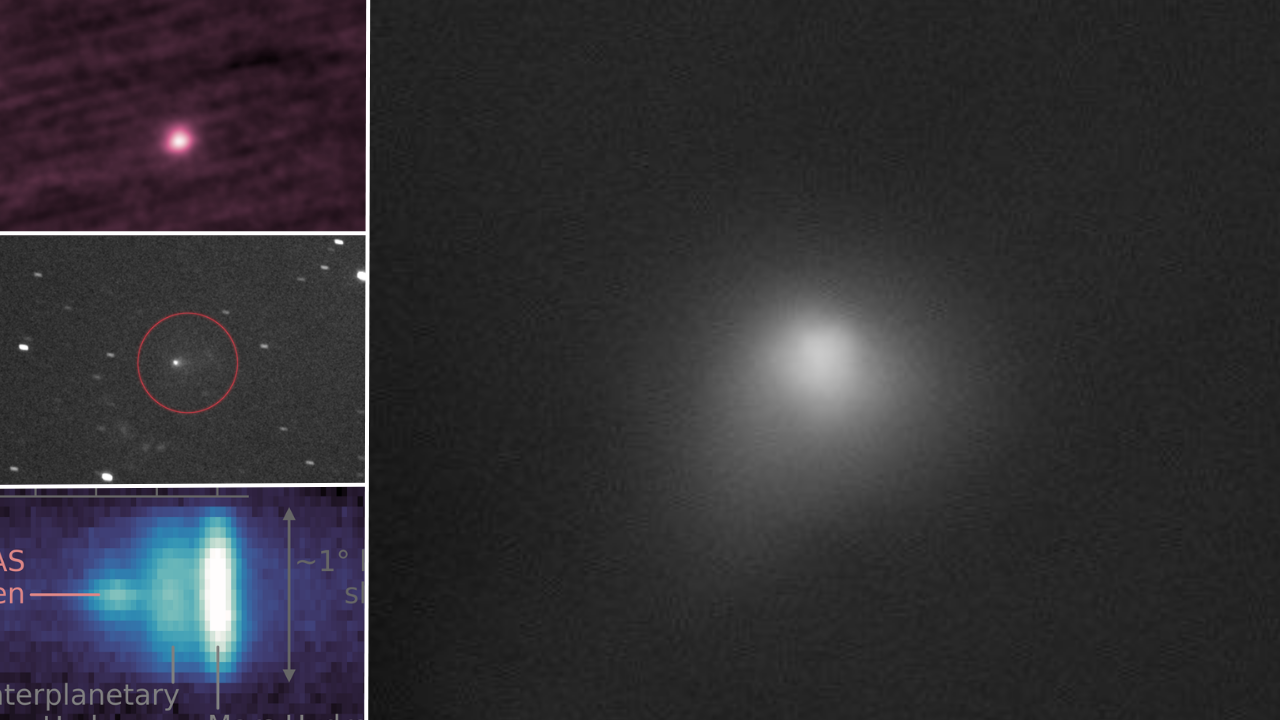The largest black hole ever discovered can fit 30 billion suns. We found it with gravity and bent light
The ultramassive black hole in the galaxy cluster Abell 1201 packs a mass of 30 billion suns.

Astronomers have just discovered what may be the largest black hole known to date.
The giant black hole has a mass of 30 billion suns and sits at the center of a galaxy located hundreds of millions of light-years from Earth. Astronomers call the cosmic monster an ultramassive black hole, as opposed to the usual galactic supermassive black holes that weigh anywhere between a few million to a few billion solar masses.
Astronomers discovered the black hole during observations of a galaxy located farther away from Earth than the one centered around the monster black hole, while using the gravity of the foreground galaxy to magnify the background object. This effect, known as gravitational lensing, is a result of gravity bending the light around extremely massive objects. Serving as nature's own telescope, gravitational lensing frequently helps astronomers to increase the magnification of objects too distant to be properly visible to human-made telescopes.
Related: Black holes may be swallowing invisible matter that slows the movement of stars
"This particular black hole, which is roughly 30 billion times the mass of our sun, is one of the biggest ever detected and on the upper limit of how large we believe black holes can theoretically become, so it is an extremely exciting discovery," James Nightingale, an astrophysicist at Durham University in the U.K. and lead author of the new study, said in a statement.
The team arrived at the size of the black hole by analyzing the magnification of the foreground object in a series of images taken by the Hubble Space Telescope. Using sophisticated computer modeling, the scientists were able to simulate how much light bends around the foreground galaxy where the black hole resides. They tested thousands of black hole sizes before arriving at a solution that matched the observations.
The black hole, located in one of the galaxies of the Abell 1201 galaxy cluster, is the first discovered using this technique. Although enormous, the black hole is not very active, meaning it's not swallowing too much material and therefore not producing strong X-ray radiation. Such black holes are nearly impossible to study by other methods.
Breaking space news, the latest updates on rocket launches, skywatching events and more!
"Most of the biggest black holes that we know about are in an active state, where matter pulled in close to the black hole heats up and releases energy in the form of light, X-rays, and other radiation," Nightingale said. "However, gravitational lensing makes it possible to study inactive black holes, something not currently possible in distant galaxies. This approach could let us detect many more black holes beyond our local universe and reveal how these exotic objects evolved further back in cosmic time."
The findings were published on Wednesday, March 29, in the journal Monthly Notices of the Royal Astronomical Society.
Follow Tereza Pultarova on Twitter @TerezaPultarova. Follow us on Twitter @Spacedotcom and on Facebook.

Tereza is a London-based science and technology journalist, aspiring fiction writer and amateur gymnast. She worked as a reporter at the Engineering and Technology magazine, freelanced for a range of publications including Live Science, Space.com, Professional Engineering, Via Satellite and Space News and served as a maternity cover science editor at the European Space Agency.
